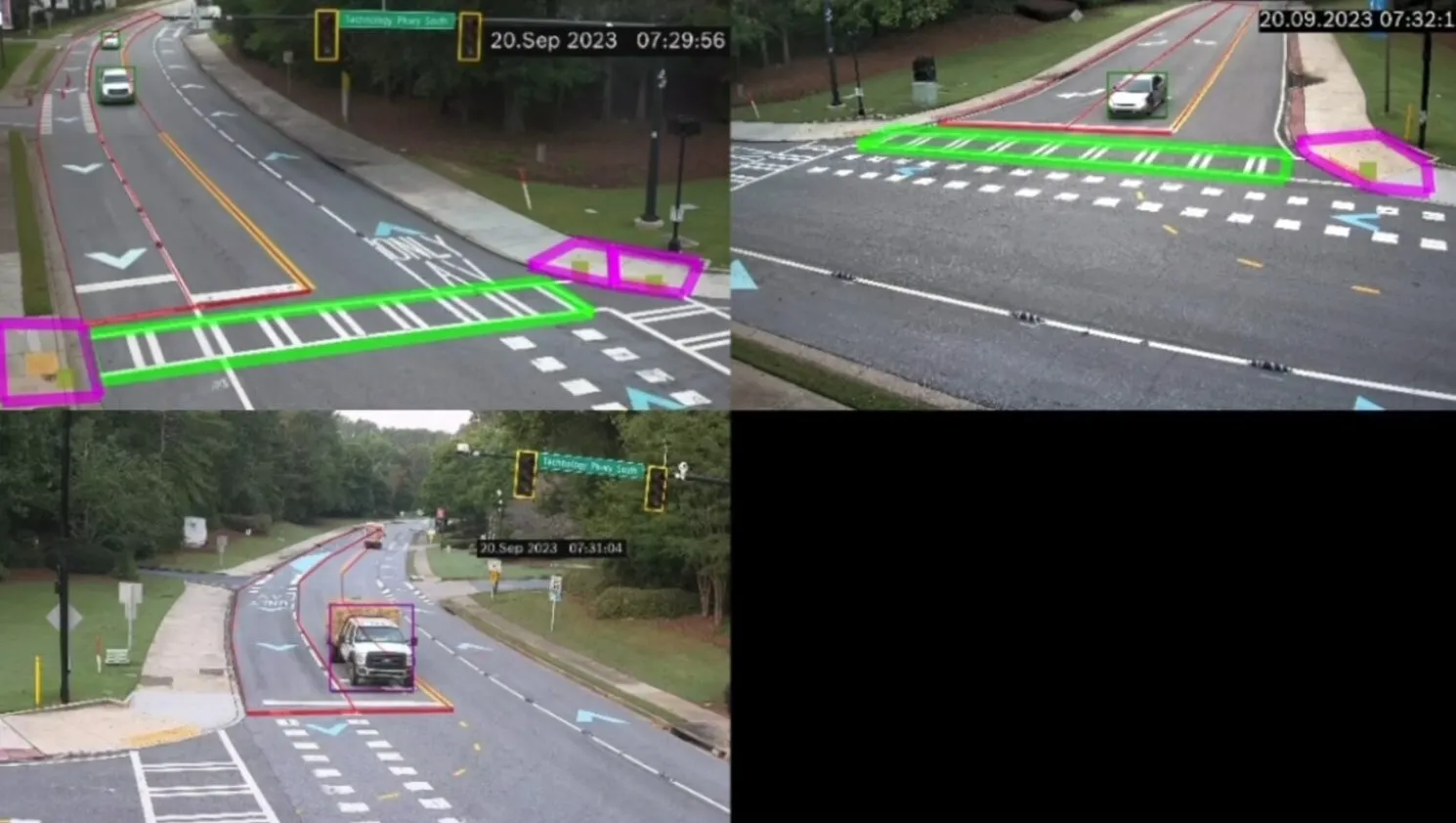Researchers at Massachusetts Institute of Technology (MIT) have found a method of combining vehicle-level data with less precise, but more comprehensive, city-level data on traffic patterns to produce better information than current systems provide. They claim this reduce delays, improve efficiency, and reduce emissions.
The new findings are reported in a pair of papers by assistant professor of civil and environmental engineering Carolina Osorio and alumna Kanchana Nanduri, published in the journals Tra
April 1, 2015
Read time: 3 mins
Researchers at 2024 Massachusetts Institute of Technology (MIT) have found a method of combining vehicle-level data with less precise, but more comprehensive, city-level data on traffic patterns to produce better information than current systems provide. They claim this reduce delays, improve efficiency, and reduce emissions.
The new findings are reported in a pair of papers by assistant professor of civil and environmental engineering Carolina Osorio and alumna Kanchana Nanduri, published in the journals Transportation Science and Transportation Research: Part B.
Osorio says they have developed algorithms that allow major transportation agencies to use high-resolution models of traffic to solve optimisation problems. Typically, such timing determinations are set to optimise travel times along selected major arteries, but are not sophisticated enough to take into account the complex interactions among all streets in a city. In addition, current models do not assess the mix of vehicles on the road at a given time, so they can’t predict how changes in traffic flow may affect overall fuel use and emissions.
For their test case, Osorio and Nanduri used simulations of traffic in the Swiss city of Lausanne, simulating the behaviour of thousands of vehicles per day, each with specific characteristics and activities. The model even accounts for how driving behaviour may change from day to day: For example, changes in signal patterns that make a given route slower may cause people to choose alternative routes on subsequent days.
While existing programs can simulate both city-scale and driver-scale traffic behaviour, integrating the two has been a problem. The MIT team found ways of reducing the amount of detail sufficiently to make the computations practical, while still retaining enough specifics to make useful predictions and recommendations.
“With such complicated models, we had been lacking algorithms to show how to use the models to decide how to change patterns of traffic lights,” Osorio says. “We came up with a solution that would lead to improved travel times across the entire city.” In the case of Lausanne, this entailed modelling 17 key intersections and 12,000 vehicles.
In addition to optimising travel times, the new model incorporates specific information about fuel consumption and emissions for vehicles from motorcycles to buses, reflecting the actual mix seen in the city’s traffic. “The data needs to be very detailed, not just about the vehicle fleet in general, but the fleet at a given time,” Osorio says. “Based on that detailed information, we can come up with traffic plans that produce greater efficiency at the city scale in a way that’s practical for city agencies to use.”
The new findings are reported in a pair of papers by assistant professor of civil and environmental engineering Carolina Osorio and alumna Kanchana Nanduri, published in the journals Transportation Science and Transportation Research: Part B.
Osorio says they have developed algorithms that allow major transportation agencies to use high-resolution models of traffic to solve optimisation problems. Typically, such timing determinations are set to optimise travel times along selected major arteries, but are not sophisticated enough to take into account the complex interactions among all streets in a city. In addition, current models do not assess the mix of vehicles on the road at a given time, so they can’t predict how changes in traffic flow may affect overall fuel use and emissions.
For their test case, Osorio and Nanduri used simulations of traffic in the Swiss city of Lausanne, simulating the behaviour of thousands of vehicles per day, each with specific characteristics and activities. The model even accounts for how driving behaviour may change from day to day: For example, changes in signal patterns that make a given route slower may cause people to choose alternative routes on subsequent days.
While existing programs can simulate both city-scale and driver-scale traffic behaviour, integrating the two has been a problem. The MIT team found ways of reducing the amount of detail sufficiently to make the computations practical, while still retaining enough specifics to make useful predictions and recommendations.
“With such complicated models, we had been lacking algorithms to show how to use the models to decide how to change patterns of traffic lights,” Osorio says. “We came up with a solution that would lead to improved travel times across the entire city.” In the case of Lausanne, this entailed modelling 17 key intersections and 12,000 vehicles.
In addition to optimising travel times, the new model incorporates specific information about fuel consumption and emissions for vehicles from motorcycles to buses, reflecting the actual mix seen in the city’s traffic. “The data needs to be very detailed, not just about the vehicle fleet in general, but the fleet at a given time,” Osorio says. “Based on that detailed information, we can come up with traffic plans that produce greater efficiency at the city scale in a way that’s practical for city agencies to use.”










